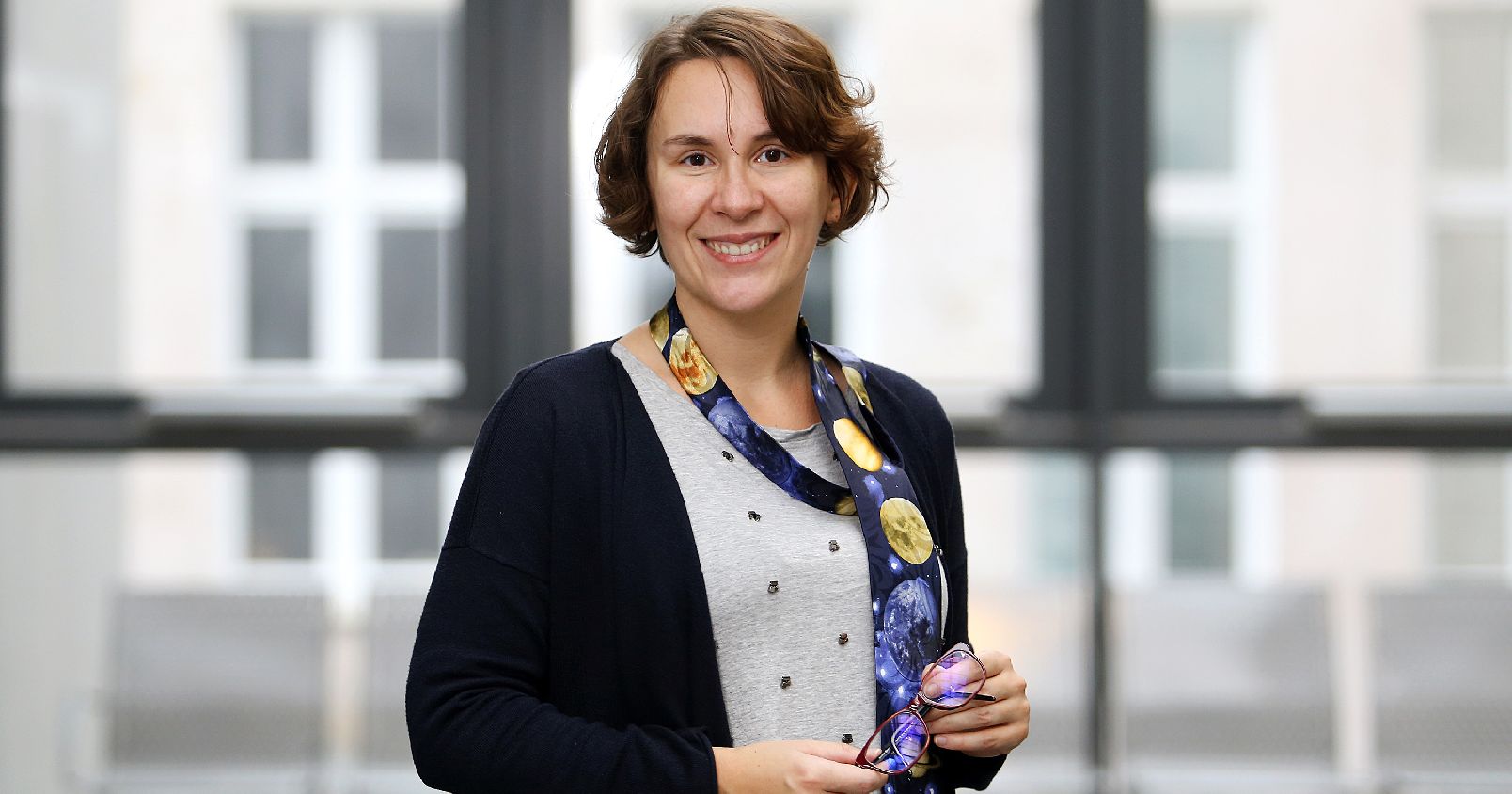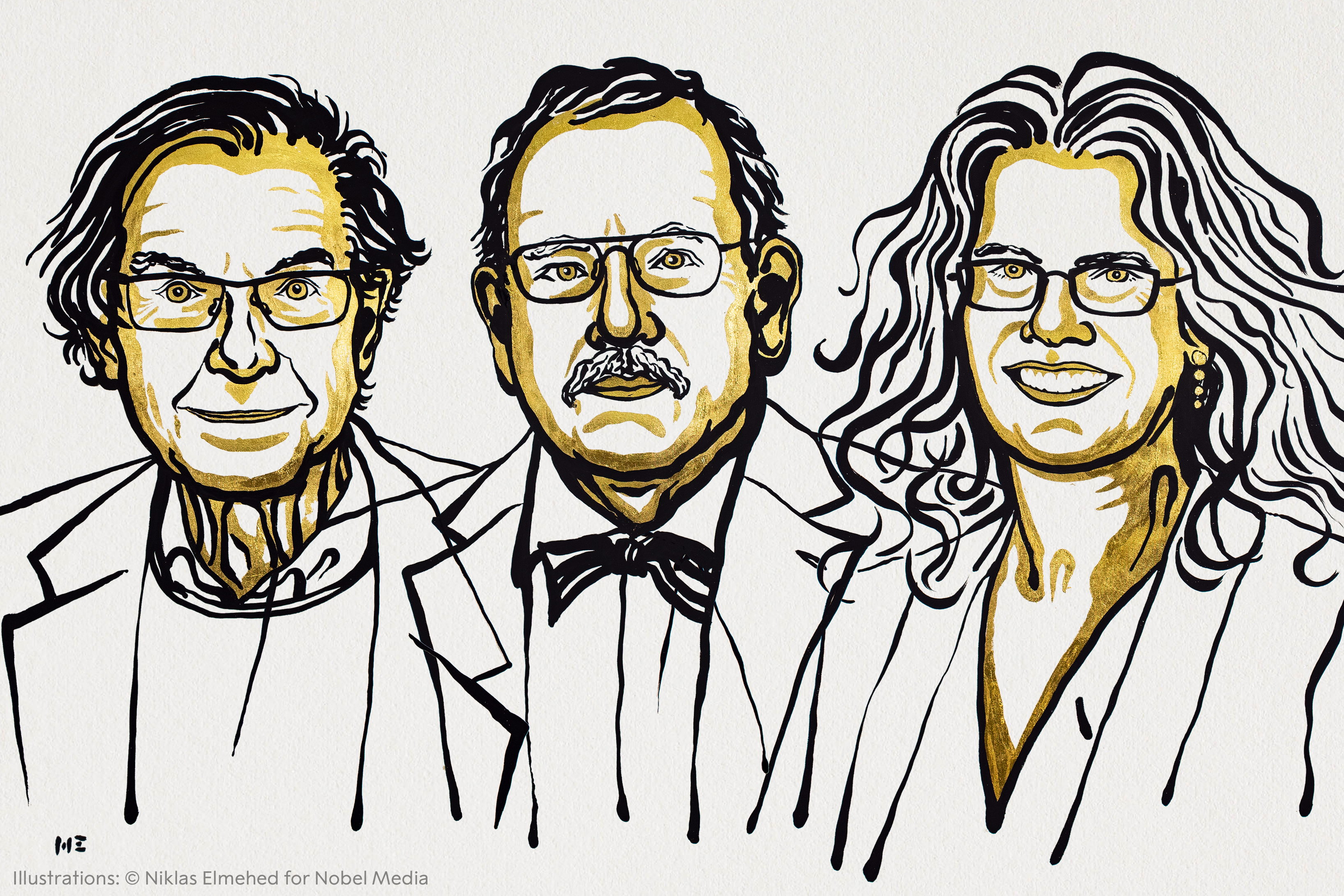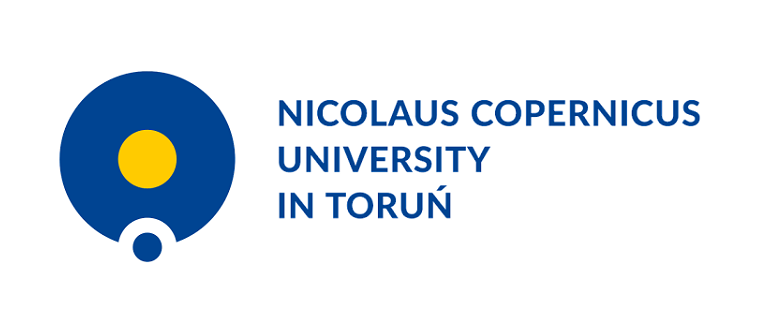 Exact sciences
Exact sciences
Nobel Prize for the darkest secrets in the Universe
The Nobel Peace Prize week is in progress. On Tuesday, we met the Nobel Prize winners in Physics. It was awarded to Roger Penrose, Andrea Ghez and Reinhard Genzel. The latter is the mentor of dr Agata Karska from the NCU Faculty of Physics, Astronomy and Applied Informatics, who worked under his supervision in the Infrared Group at the Max Planck Institute for five years.
The Royal Swedish Academy of Sciences decided to honour three scientists for 'discovering the darkest secrets of the Universe'. All of the laureates are engaged in the study of black holes, some of the most massive and mysterious astronomical objects.
- The general theory of relativity formulated by Albert Einstein in 1915 revolutionised thinking about gravity and its impact on time and space. Its non-intuitive character caused that from the moment it was announced, ways of confirming its correctness through a series of observational tests were extensively pursued - explains dr Agata Karska from the NCU Institute of Astronomy - The first of them were based on observations made in our Solar System and concerned the deflection of light in the gravitational field of the Sun (Eddington's experiment from 1919) and the shape of Mercury's orbit, the precession of which is in accordance with Einstein's theory. The discoveries honoured with this year's Nobel Prize are a milestone in the development of Einstein's theory and confirmation of its accuracy by investigating the observational effects in case of much stronger gravitational fields than those found in the Earth's immediate surroundings.

Ill. Niklas Elmehed © Nobel Media
The winners will not share the prize equally. Half will go to Sir Roger Penrose for "discovering that the formation of black holes is a natural consequence of the general theory of relativity". He is one of the most eminent physicists and mathematicians, a retired professor at the University of Oxford, who proved already in the 1960s how the gravitational collapse of stars leads to the formation of black holes.
- His theory appeared shortly after the discovery of so-called quasars on radio waves - astronomical objects emitting huge amounts of energy, corresponding to the brightness of entire galaxies. Their existence was linked to the fall of matter on a very massive, compact central object,' explains dr Karska: - Penrose described in detail how such compact objects (black holes) are created and why they are completely invisible to the observer. He proved that as a result of the gravitational collapse of e.g. massive stars, a so-called peculiarity will be created, around which there will be a curve of time and space preventing the light from getting out.
More than half a century after this pioneering research, we already know that the occurrence of black holes in the Universe is common, and (probably) at the centre of every galaxy there is a supermassive black hole with masses exceeding one million masses of the Sun.
The characterisation of these objects is not at all trivial from an observational point of view, - explains dr Karska: - The search for and subsequent research into the black hole in the centre of our Galaxy proved to be a particular challenge.
The second half of the prize will be divided between two scientists, Reinhard Genzel and Andrea Ghez, who received it for 'discovering a supermassive black hole in the centre of our Galaxy'.
Andrea Ghez is an American astronomer, working at the University of California in Los Angeles. The second winner is German astrophysicist Reinhard Genzel, Professor at the Max Planck Institute for Extraterrestial Physics and at the University of Berkeley. It was in his group that dr Agata Karska worked for five years. Their research focused on infrared star formation processes, with dr Karska focusing on areas in the spiral arms of the Galaxy and Prof. Genzel on the very centre. In addition, a team led by Prof. Genzel has been taking accurate measurements of the position of stars around the expected centre of our Galaxy for several decades. Both his team and Prof. Ghez's group have thus gathered the most convincing evidence that there is a supermassive object in it, most likely a black hole.

ESO/L. Calçada/spaceengine.org
- The research groups they led were simultaneously involved in the construction and use of increasingly accurate near-infrared instruments, which made it possible to observe the movement of stars in dense, dusty central areas of the Galaxy, explains dr Karska.
What turned out to be a breakthrough were the observations of the star S2, which has been circling the centre for 16 years, even though it moves at a dizzying speed of approx. 3% of the speed of light. These observations made it possible to determine the mass of the black hole for 4 million masses of the Sun, and in the last few years to confirm additional effects resulting from Einstein's theory of relativity - the so-called gravitational shift towards the red and precession of the orbit of the S2 star in an extremely strong gravitational field.
Dr Agata Karska worked for several years with this year's Nobel Prize winner at the Institute of Extraterrestrial Physics in Garching.
- Already in 2009, when I started my doctorate at the Max Planck Institute, it was said that Professor Genzel would certainly get the Nobel Prize. The honouring of his work by the Royal Swedish Academy of Sciences was actually only a matter of time - as regards the importance of Professor Genzel's discoveries and achievements, no one has had any doubts for years - recalls Dr Karska: - Prof. Geznezl has more than 30 years of systematic, time-consuming, often arduous work and many scientific successes to his credit.
Dr Karska draws attention to the nature of the Nobel Prize - this award is not usually granted for a single, even the most spectacular scientific discovery.
- The Academy no longer relies on individualists working in isolation. Today's science is largely based on teamwork, international consortia, cooperation with national and foreign centres, e.g. in the case of Professor Genzel and his team, cooperation with the European Southern Observatory - ESO, of which Poland is also a member - explains dr Karska: - As I was saying, this is many years' work, which brings results. And in the case of Professor Reinhard Genzel, the effects have been visible for a long time, and their crowning achievement is the Nobel Peace Prize.
*ESO – European Southern Observatory is an international organisation bringing together European countries. It was established in 1962 to build and maintain astronomical observatories in the southern hemisphere.
 NCU News
NCU News





